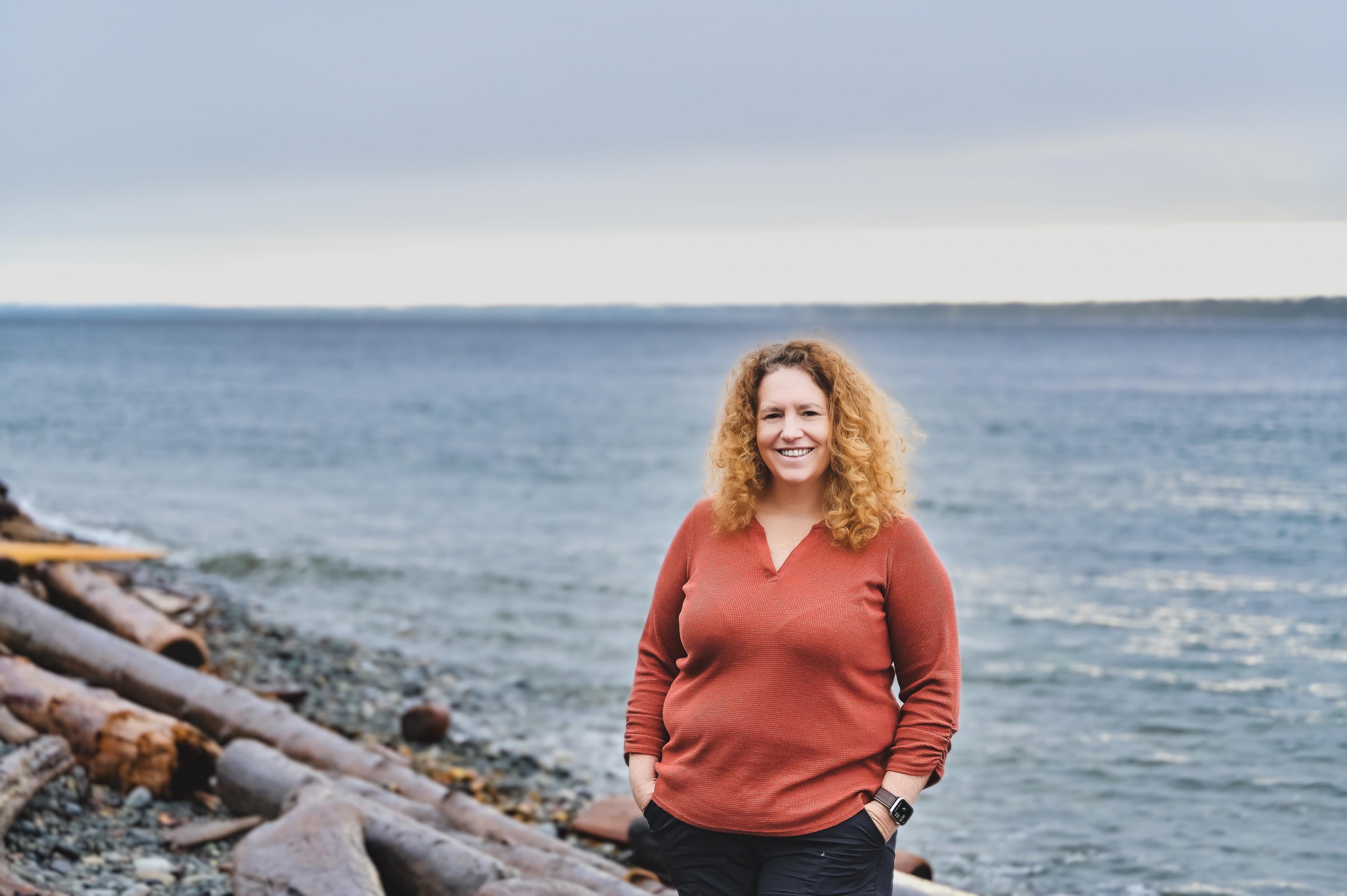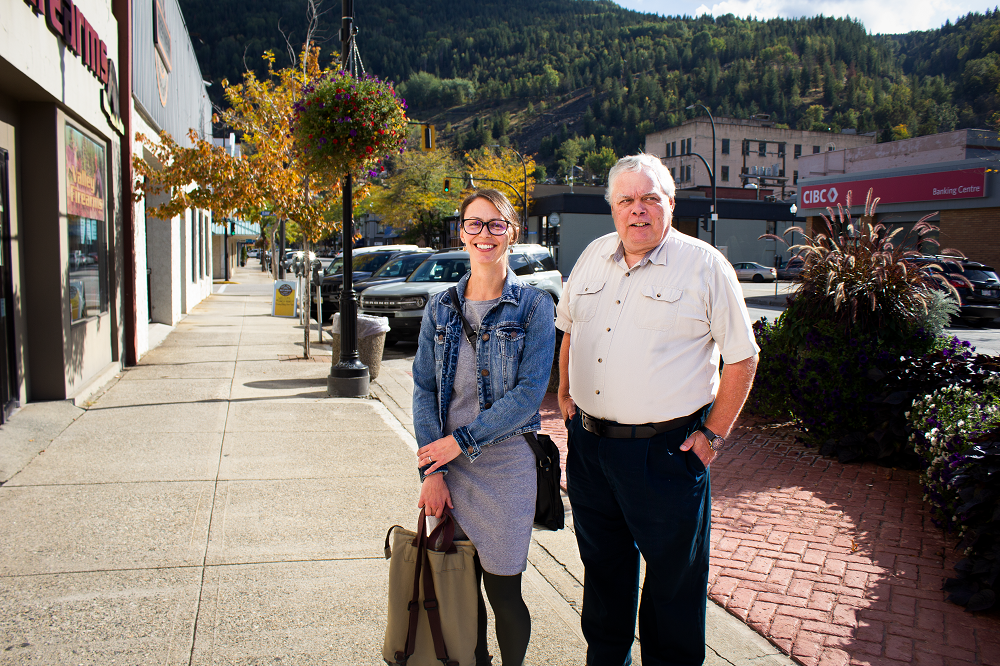Rural pharmacies in British Columbia have struggled to recruit staff in a tough labour market, challenged by rising costs and the need to serve patients in communities where health workers are in shortage.
In response, the Association has set up a rural working group to examine the needs of those practicing in rural communities and the types of support these pharmacists need to continue to deliver excellent patient care. For years, the Association has advocated for the role of rural pharmacy, and setting up the rural working group in the fall of 2023 will again move the issue back to the forefront of advocacy efforts.
Health-care staffing challenges across all professions in rural communities have been well-documented. At the end of 2022, Canadian public broadcaster CBC identified 13 hospitals in rural B.C. that had to close for the equivalent of around four months. In 2023, news agency CTV reported 1,284 emergency unit closures across Canada as of early September, the majority in rural areas. Access to family doctors is just as difficult. An Angus Reid poll in September 2022 found 59 per cent of British Columbian adults found it difficult to access a family doctor or cannot find one at all.

Colleen Hogg is the owner of Cove Pharmacy, which serves a population of 2,800 people on Quadra Island. She knows firsthand the many financial challenges faced by those who operate pharmacies in rural areas.
In spite of these shortages, community pharmacists have stepped up where they can. In British Columbia, the number of publicly funded vaccines administered by pharmacists have multiplied from approximately 700,000 flu vaccines administered in 2019, to millions of COVID and flu vaccines in the past two years. Since June, B.C. pharmacists have taken on even more work through the Minor Ailments and Contraception Service, potentially saving numerous visits to doctors’ offices and emergency rooms for patients who needed care for the 21 ailments pharmacists are enabled to assess.
While the public attention appears focused on solutions to a health-care human resource shortage largely centred on hospitals, community pharmacies have also felt the increasing challenges of hiring and retaining staff, particularly in rural areas, where pharmacists say there is often a higher cost of doing business and lower pharmacy revenues compared to urban cities.
Pharmacist Colleen Hogg, a Board Director at the Association, is among those who serve rural British Columbians. She owns and operates Cove Pharmacy on Quadra Island, just off the coast from Campbell River, and Gold River Telepharmacy, a village municipality in the centre of Vancouver Island.
For Hogg, the biggest challenge is hiring staff who want to live and work in rural settings. And even if someone like that could be located, there’s a good chance they are asking for far more in compensation than would be offered for a comparable pharmacist position in the city.
“With me, for the first 12 years that I worked, I couldn’t take any time off because I couldn’t afford to hire another pharmacist. I’d either have to close the store or keep working,” Hogg said. “In a big city, there’s much more of a pool. Anywhere in Burnaby or Vancouver, you might be able to get somebody to come in for a couple of days here and there and just pay them an hourly wage. Here, you’re paying for their travel, their accommodation, their food, plus double the wage than you would pay in the city for a relief person.”
As one way to help pharmacies in remote areas, British Columbia has a PharmaCare-funded Rural Incentive Program which first came into existence in 1990. Under this program, eligible pharmacies receive a subsidy of $3 to $10.50 per PharmaCare-paid claim, up to a maximum of 1,700 claims per month. Any higher, and a pharmacy is no longer eligible. In addition, to qualify for the incentive, the pharmacist must be the only pharmacy in its community, and must be at least 25 kilometres away or a ferry-ride away from the next closest pharmacy.
This criteria means that many pharmacies that are considered remote but are too close to a neighbouring pharmacy are automatically made ineligible, regardless of how closely their challenges mirror that of an eligible pharmacy. According to PharmaCare’s 2021/22 data, the public insurer only issued a total of $1.38 million in Rural Incentive Program funds that fiscal year. Despite the increasing shortages of rural health workers, the 2021/22 funding was the lowest since at least 2015.
Both of Hogg’s pharmacies are eligible for the Rural Incentive Program. Even with the additional support, the only time Hogg took significant time off during her first decade as a pharmacy owner was for the birth of her two children, where she took a combined five weeks off work. That was all she could afford. Otherwise, her pharmacy was open six days a week, and she was the only pharmacist.
Approximately 880 kilometres away to the east is the community of Trail, British Columbia, home to a population of about 8,000 residents. Here in this West Kootenays town is where pharmacist-owner Jay Ross operates Trail Apothecary PharmaChoice. The challenges he faces are quite similar to Hogg’s, however, his pharmacy is not eligible for the Rural Incentive Program due to the presence of other pharmacies in his community.

Jill Hewitt, pharmacy manager, and Jay Ross, owner of Pharmchoice Trail Apothecary, operate one of a few pharmacies that serve their community of 8,000.
“Everything we do is modest, to keep the store alive. It’s not only wages, it’s benefits, the whole overall package that you have to offer to keep and retain people is not cheap,” he said. “To find somebody from outside the area to come here, to find a 20 something year old pharmacist, unless they’re super outdoorsy or they know somebody here, the chances of them staying here after the contract is almost zero.”
Ross considers himself lucky. Being on the cusp of retirement, he was fortunate to have found two young pharmacists who grew up in Trail, left for pharmacy school, and came back to their hometown. To attract them to his store, he offered what he estimates to be salaries 20 to 50 per cent higher than what would be considered market value in an urban area.
It was a similar solution for Hogg. She took the idea hiring a local even further by sponsoring a pharmacy student through school, with an agreement that after graduation, the student would come work at her pharmacy. That student graduated in 2014 and has been working with her since. In addition, Hogg’s daughter is currently studying pharmacy at UBC as a third-year student.
“Even so, it’s still hard to find people for relief work and we often end up just running with one pharmacist on shift instead of two, but at least now, I can take a bit of a break sometimes,” Hogg said.
Apart from recruitment challenges, both owners also say they see increased costs due to the large inventories they must keep in stock. Being in remote areas, shipments do not arrive frequently, and larger inventories often have to be stocked to ensure patients can get their medications when they need them.
“We’ll go sometimes a week without any stock. Particularly around Christmas time. Two years ago, we went 15 days without an order arriving. I have a responsibility to carry more stock on my shelves compared to an urban centre,” Ross said.
Shipping costs are another factor.
“A really good example is our front store items, if they deliver to our store, it’s $300 more than if they deliver it to an address in Campbell River. So that all has to be passed on. Getting things to us can be significantly more. In the cities, a lot of stores get free shipping,” Hogg said.
“With prescriptions, because the wholesalers don’t want to pay more shipping, they decrease how often they send medications to us, which is really crippling. Compounded with drug shortages, you might get deliveries for some medications once in a blue moon.”
As more non-dispensing services are moving to community pharmacies over time, she believes it’s time for a look to expand the rural financial support pharmacies can tap, and potentially to increase the geographic area of pharmacies that can access these supports by amending the current criteria.
“The current rural incentive only takes into account dispensing activities. Here on Quadra Island, we don’t have an emergency department. When they get to the hospital, residents know they have to wait there for eight or nine hours and they likely won’t make the ferry back home. So they don’t want to go, and often those patients will end up at my pharmacy instead with their questions,” Hogg said.
“We’re now doing prescription extensions, adaptations, prescribing for minor ailments — all those things take more time, but those activities aren’t supported by the Rural Incentive Program.”
Ross, meanwhile, whose pharmacy is not eligible for the program at all, believes the eligibility criteria should be expanded so more rural pharmacies can receive support.
“I’ve used the term ‘beyond Hope’. Once you physically travel past Hope, you’re in rural British Columbia, with the exception of the bigger centres such as Kelowna and Kamloops,” he said. “Most of the little communities are dealing with the same issues: finding pharmacists, retaining them, paying them.”
Hogg agreed.
“There’s lots of places that are rural that don’t receive any support because there’s two pharmacies in town,” she said. “That doesn’t mean it’s not a rural area and that doesn’t mean the pharmacies don’t need help.”

